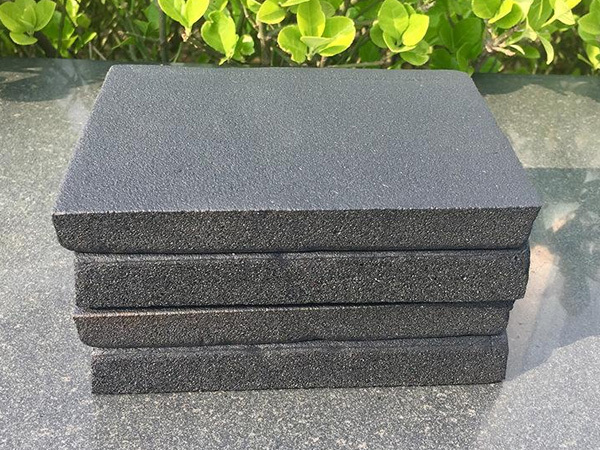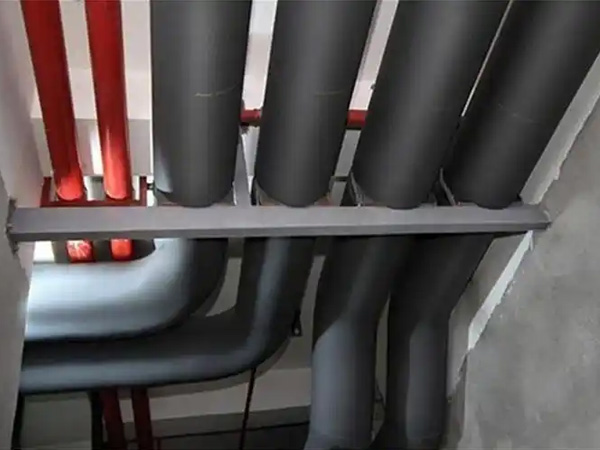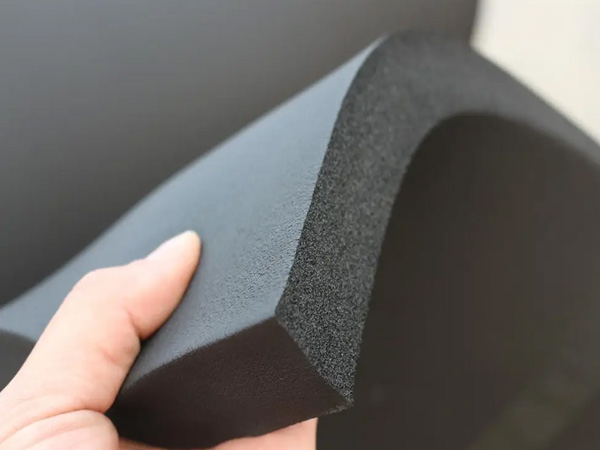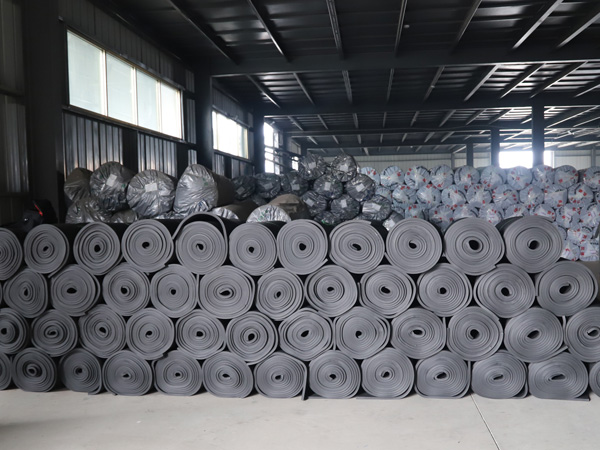Environmental Performance of Elastomeric Foam Insulation
2025-06-18 15:33:29
Environmental Performance of Elastomeric Foam Insulation
Elastomeric foam (rubber-plastic insulation boards) demonstrates outstanding environmental advantages throughout its lifecycle, from production to disposal. Here's a comprehensive analysis of its eco-friendly properties:
Sustainable Material Composition
Many modern formulations incorporate 30-50% recycled content, including post-industrial rubber and plastic waste
Halogen-free formulations eliminate ozone-depleting substances and toxic emissions
Some manufacturers use bio-based plasticizers derived from renewable sources
Energy Efficient Production
Advanced manufacturing processes reduce energy consumption by 25-40% compared to traditional insulation materials
Supercritical CO₂ blowing agents have replaced most HCFCs, with 99% lower global warming potential
Closed-loop water systems minimize industrial wastewater in production facilities
Installation and Use Phase Benefits
Lightweight nature reduces transportation energy and carbon footprint
Zero VOC emissions ensure healthy indoor air quality during and after installation
Durable performance (20+ year lifespan) reduces replacement frequency and material waste
End-of-Life Recyclability
Thermoplastic variants can be fully recycled into new insulation products
Mechanical recycling processes recover up to 85% of material content
Some European manufacturers operate take-back programs for construction waste
Environmental Certifications
Complies with international standards including:
LEED v4 material ingredients credit
GREENGUARD Gold for low emissions
Cradle to Cradle Certified® at Silver/Gold levels
EU Ecolabel and Blue Angel certifications
Carbon Reduction Potential
Excellent insulation properties contribute to 30-50% energy savings in buildings
1m³ of installed elastomeric foam can prevent ~300kg CO₂ emissions annually
Often specified in net-zero energy building projects
Hazardous Substance Control
Heavy metal content below 100ppm (RoHS compliant)
Formaldehyde-free binders
No asbestos or crystalline silica content
The material's combination of long service life, energy savings, and recyclability makes it one of the most sustainable insulation choices for green building projects. Current industry developments focus on increasing recycled content and developing bio-based polymer alternatives to further improve environmental performance.

OurFlame Retardant Rubber Foamis a premium closed-cell elastomeric insulation material engi...

OurRubber Pipe Insulationis a high-performance solution designed specifically for HVAC pipi...

Rubber Foam Insulation Sheet – Product Introduction Premium Flexible Insulation for Therm...

Specially engineered for refrigeration applications, ourElastomeric Rubber Insulationprovid...



